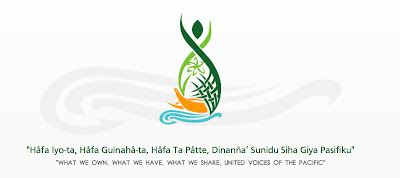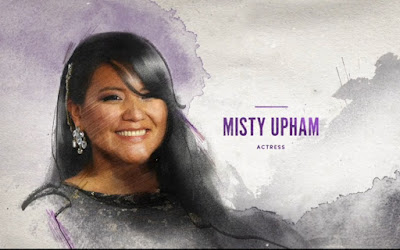Mad Boy's Love Song

Mad Boy's Love Song (After Mad Girl's Love Song) I close my eyes and the world drops dead The curtain of blackness falls, blanketing a cruel reminder that I think I made you up inside my head You as a thunderbird is all I see roaring, splitting silence Trailing behind you twinkling smiling newborn stars thatform a shower up above In your afterglow, I hear the stars trickle down the blackcurtain of a world dropped dead I feel them fill the lines in my face, finding their way into the strings that tie together my life, dripping along and spiraling deeper and deeper until my every moment becomes bewitched When I lift my lids, all is born again, but now water-colored with you instead The straining of my grocery bags, is the crinkling of your skirt The scratch on my car hood, follows the curves of your leg Every bump in the road, is my eyes tracing the tempting lines of your fingertips The red of the shampoo bottle, glistens with the faintness of your lips White sheets of paper,




